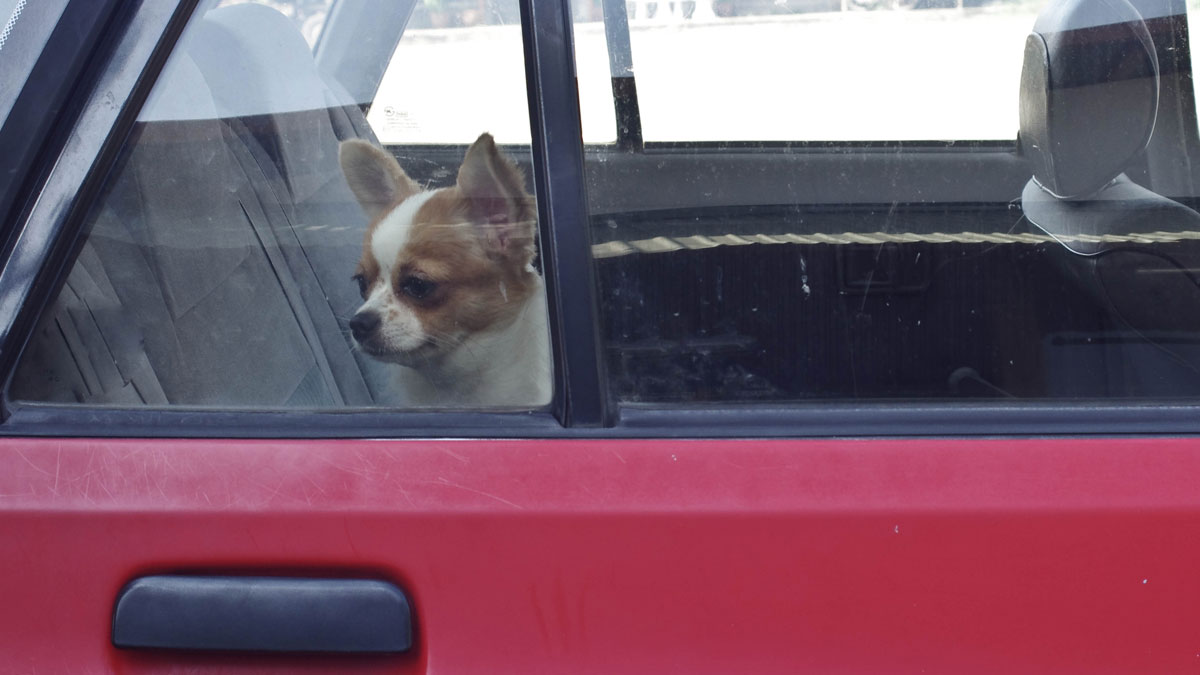GOT GAS: It is not looking real flash for gas explorers

Picture: Getty Images. The dog went on to have a happy life. Please don't write in.
We all know the narrative. Existing natural gas fields in Australia are declining while demand remains high, but the industry can’t commit to investing more money into finding new sources because regulations such as the Safeguard Mechanism don’t favour investment.
Thing is while the gas sector would like you to think that it would be willing to spend more if only the regulations were more favourable – and maybe help with that pipeline pretty please, recent global data suggests that we are getting to the point of diminishing returns for exploration investment.
Research by Rystad Energy has noted that while global spending on conventional oil and gas exploration is rebounding and is expected to hit US$50bn this year – the highest since 2019 – discovered volumes have fallen to new lows.
According to its estimates, explorers found 2.6 billion barrels of oil equivalent in the first half of 2023, a massive 42% lower than the first half of 2022.
During this time, 55 discoveries have been made, compared to 80 in the first six months of last year, meaning that finds have averaged 47 million boe, lower than the 56 million boe per discovery for the same period in 2022.
Rystad did note that the exploration and production industry is in a transitionary period, with many companies exercising increased caution and shifting their strategies to target more profitable and geologically better-understood regions, which – along with the failure of some high potential wells – has contributed to the drop.
The energy consultancy also noted that exploration companies are prioritising the offshore sector to capitalise on underexplored or frontier areas to unlock new volumes through high-risk, higher-cost offshore developments.
Offshore exploration accounted for about 95% of spending this year to date but accounted for only two-thirds of discovered volumes.
To Got Gas, this is basically means that the low hanging fruit has all been snapped up and we now have to drill where no one has drilled before.
“Upstream companies are facing a period of uncertainty. They are eager to capitalise on the increased demand for fossil fuels and find additional resources, but recent results have been lackluster,” Rystad vice president of upstream research Aatisha Mahajan noted.
“If exploration efforts continue to yield unimpressive results for the remainder of the year, 2023 could be a record-breaker for the wrong reasons.”
Lessons for Australian gas
The implications for Australia are simple. Even if the gas sector were to increase investments, the returns simply might not be quite up to scratch.
While offshore exploration remains very much an option, it is ironically more viable off Western Australia when the demand for new gas supplies is greater in the eastern states.
The other area that the sector is keen on is the Beetaloo Sub-Basin in the Northern Territory, which if you believe the claims, has the resources to meet all our needs.
And to give credit where it is due, they may well be right – the extensive basin has the potential to host up to 500 trillion cubic feet of in-place gas.
That’s just the matter of that same gas being contained in unconventional shales, which for the uninitiated, simply means that extracting said resources are considerably more complex and expensive compared to regular gas wells as they typically need long vertical wells to be capable of flow gas at commercial rates.
And let us not forget the need to fracture stimulate said long verticals, which is never popular with the environmental lobby.
That’s not to say we won’t need more investment.
Australia does need more gas, we are still a long ways from weaning ourselves off fossil fuels (with coal taking the brunt of closures).
Until we can power ourselves on renewables backed by storage, we are still going to need gas and need it in significant quantities.
We just have to be realistic about what we can expect to get for our investment.
Related Topics

UNLOCK INSIGHTS
Discover the untold stories of emerging ASX stocks.
Daily news and expert analysis, it's free to subscribe.
By proceeding, you confirm you understand that we handle personal information in accordance with our Privacy Policy.








